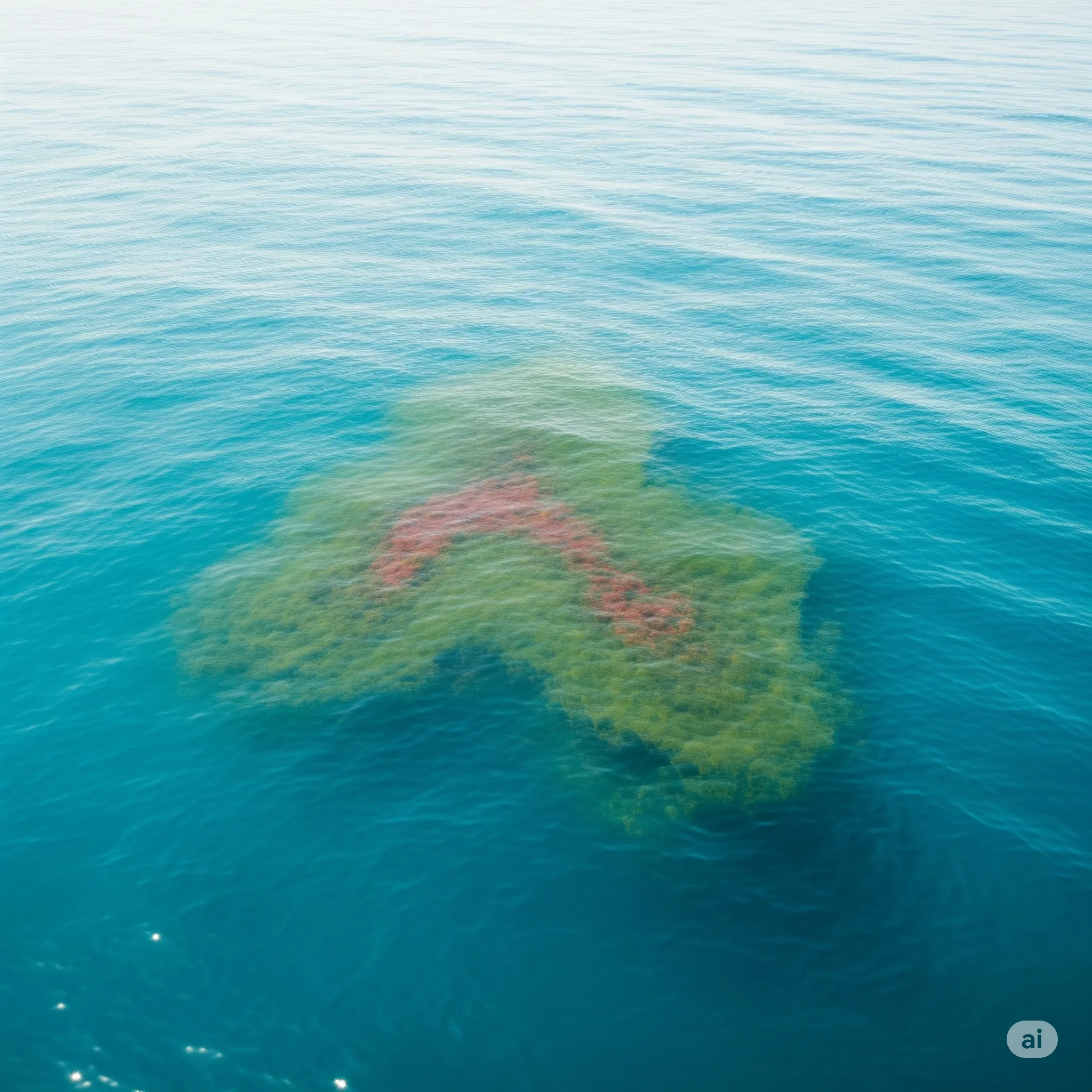
Red tide is an important natural phenomenon that is also recognized as the term of algal bloom. An algal bloom is a rapid increase or accumulation in the microalgae population. This challenging issue has a serious impact on water systems, aquatic ecosystems, and human communities (Zohi & Abbaspour, 2019). For Example, the Annual economic impact of harmful algal blooms in the United States is approximately $20 million on estimation, assessment, and information needs (Sanseverino et al., 2016). Two critical categories are causing algal growth: Firstly, changes in environmental conditions such as changes in nutrients (nitrogen and phosphorus) and temperature, and secondly, changes in the rate of species in the environment. These changes in water bodies can occur through human activities (the discharge of sewage and ballast water or oil spill from ships, discharge of untreated wastewater to nature, and industrial activities like aquaculture or animal feed operations) and natural factors (including climate change, salinity, upwelling, natural disasters like flood, wind, el nino, light penetration, etc.).
There are more than 5,000 microscopic algae species living all around the world. About 300 species can cause high concentrations of red tides (Zohi & Abbaspour, 2019). In this paper, the main algal bloom causes will be discussed.
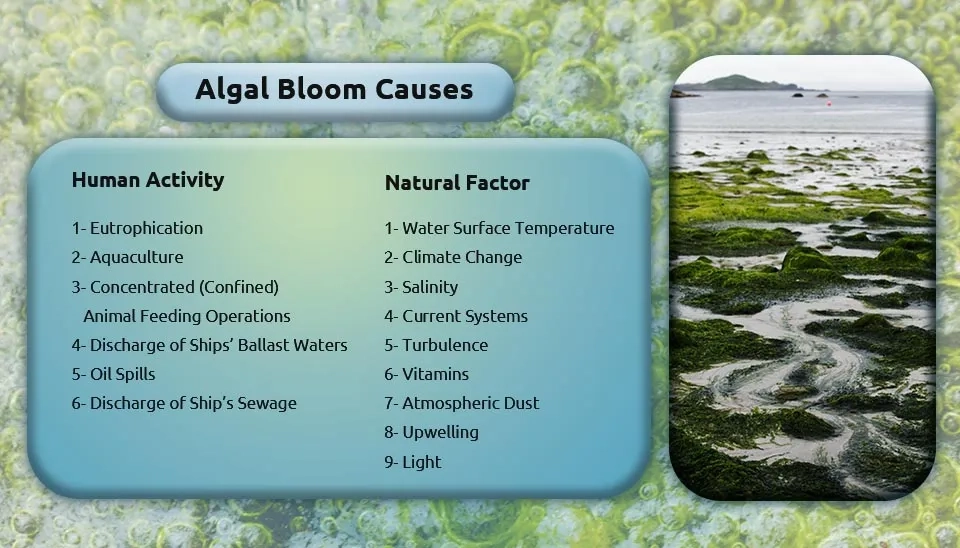
1. Algal Bloom Causes
Generally, algal bloom causes are classified into two main groups: human activities and natural factors. Most of the causes lead to the discoloration of water giving rise to red, brown, or green tides, oxygen level reduction, and scum floating on the surface. In the following section, each group will be discussed separately.
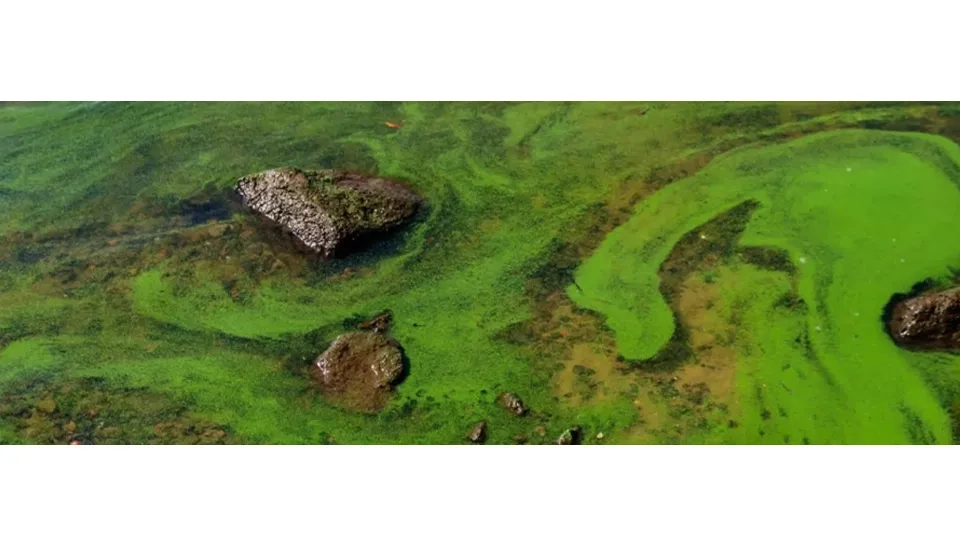
1.1. Human Activity
Human activities like animal feeding operations, discharge of ship's sewage, aquaculture, etc., are some of the main reasons for algal bloom and causes of red tide. These activities are discussed in the following.
1.1.1. Eutrophication
Enrichment of coastal water by the arrival of urban, industrial, and agricultural runoff, and intensive animal farming fertilizers, which enter the sea by wind or running water is one of the human factors leading to algal bloom (Zarei & Arjmandi, 2014). Nitrogen and phosphorus are two of the most important nutrients for algal bloom. The best-known forms found in urban and industrial sewage are NH4, NO3, and PO4 (Heller & Struss., 1995). These nutrients can raise toxic and non-toxic phytoplankton in water. According to Gilbert et al. (2010), eutrophication plays an important role in the algal bloom development during their growth period. According to long-term studies, the algal bloom concentration is significantly raised when the amount of nutrients increases.

1.1.2. Aquaculture
Accumulated foods in aquaculture pools like fish or shrimp, cause an increase in the amount of phytoplankton population. In aquaculture, food, organic waste, Euglena sanguinea, and E. granulata are common which are one of the main causes of algal bloom.
It was estimated that 1.7 and 0.46 million tonnes of N and P were introduced to waters by cultured production of fine fish and crustacea in 2008. This kind of activity leads to a major increase in nutrient supplies (NH4+), noxious phytoplankton bloom, oxygen deficit, etc. (Gilbert & Burkholder, 2018).
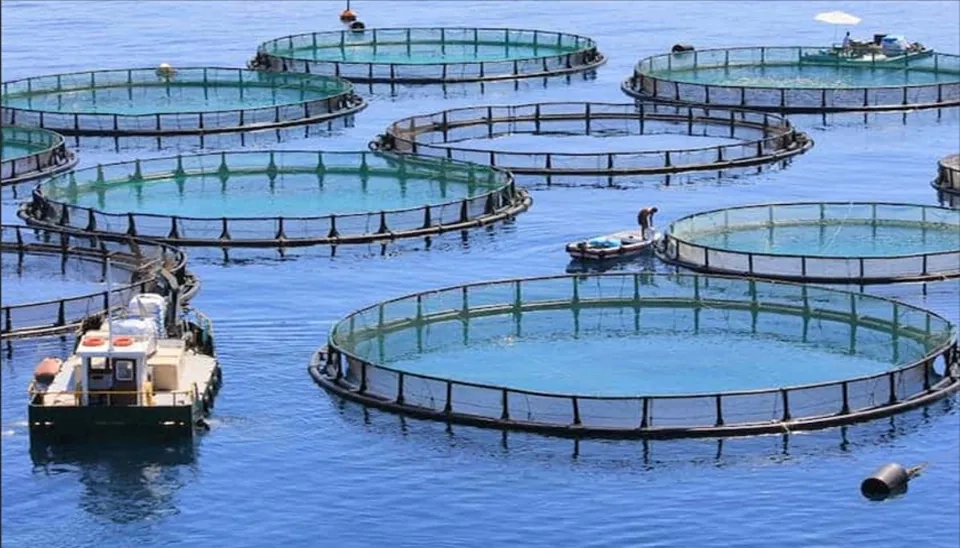
1.1.3. Concentrated (Confined) Animal Feeding Operations
An Increase in population leads to soaring dietary demands and will result in the development of animal agriculture. Expansion of animal production concentrated in large industrial feeding operations leading to dense animal populations in the area. Consequently, more waste is produced in comparison with traditional animal production practices, causing emission of contamination such as nitrogen, phosphorus, and microorganisms into water (Burkholder et al., 2007).
To clarify the scale of this nutrient source, the Cape Fear River basin of North Carolina as an example produces 82,700 and 26,000 tonnes of N and P respectively.
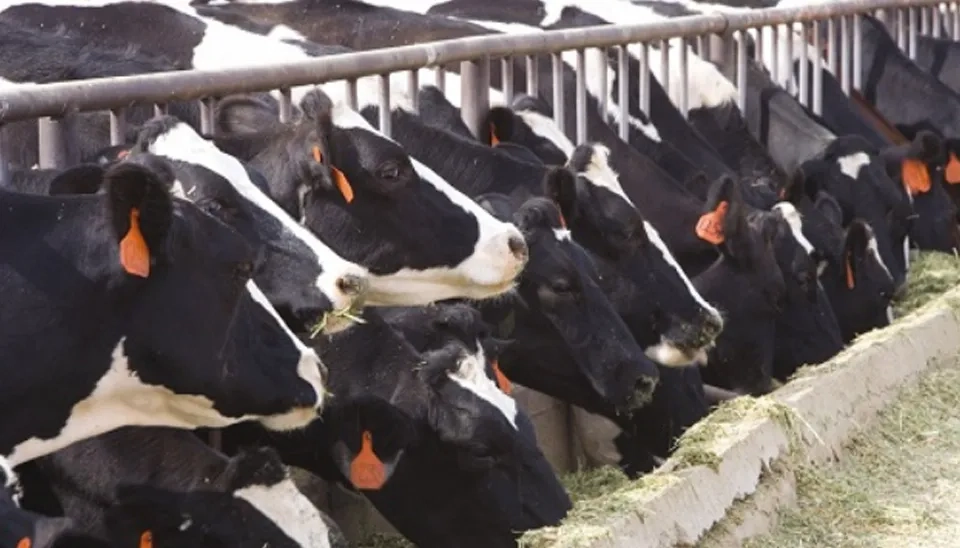
1.1.4. Discharge of Ships’ Ballast Waters
Ballast water can transport plankton species. It is well known that non-indigenous dinoflagellate discharges from boats and ships to sensitive waters. According to studies, it is estimated that 300 billion dinoflagellates can be shifted through a ship’s ballast water tanks leading to algal bloom in water bodies (Hallegraeff et al, 2003). Many harmful algal species seem to be able to survive during ballast water transport and therefore the inoculum is usually viable throughout the discharge area. Discharging ballast water may lead to algal species abundance.
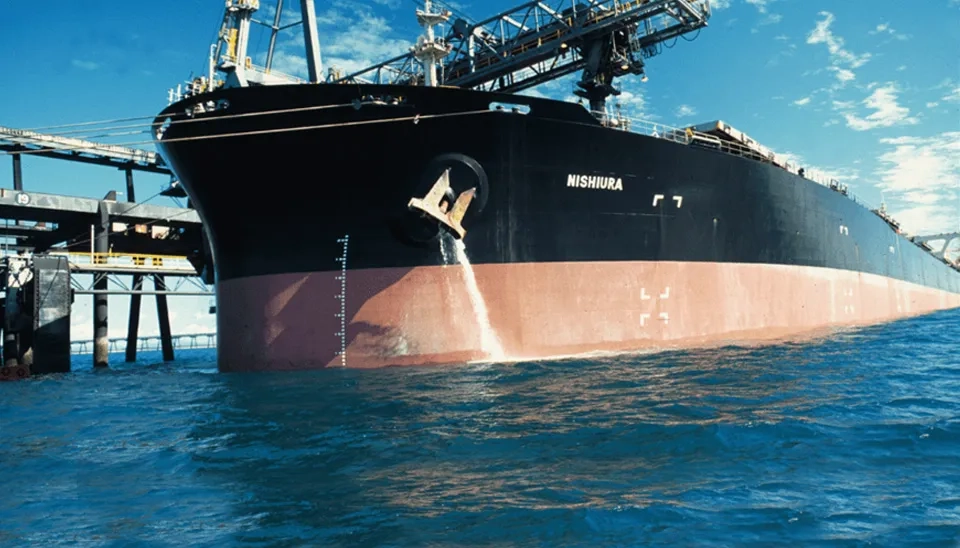
1.1.5. Oil Spills
Oil that spills from ships or offshore structures, results in significant growth of Noctiluca dinoflagellate which is one of the algal bloom causes. The grazing of heterotrophic protists like ciliates on bloom sources is controlled by oil spills and dispersants. Moreover, in the lack of limiting bottom-up parameters production of harmful algal bloom will be promoted. As a result, oil spills can be introduced as a disrupter of plankton functioning and one of the reasons for algal bloom (Almeda et al., 2018).
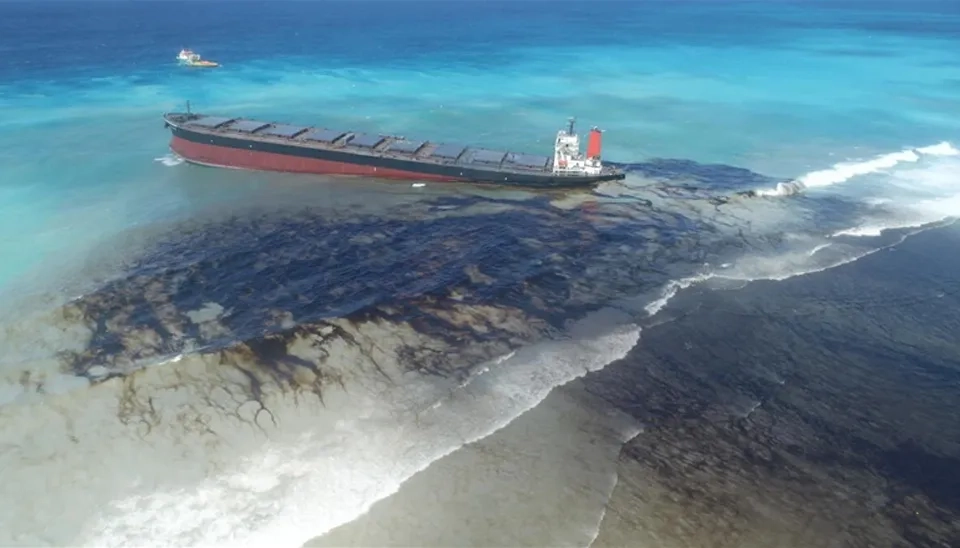
1.1.6. Discharge of Ship’s Sewage
Sewage discharges from ships that occur in seas and oceans, are the major source of nutrients and introduce pathogens and may contribute to poor water quality, human health issues, and impact on marine ecosystems. Sewage of ships ultimately leads to increased algal growth and eutrophication, as well as water-soluble oxygen decrease (Ospar Commission, 2009).

1.2. Natural Factor
Natural factors like climate change, water surface temperature, turbulence, upwelling, etc. are some of the main reasons for an algal bloom. These activities are discussed in the following.
1.2.1. Water Surface temperature
Water temperature is one of the main reasons for phytoplankton growth known as one of the algal bloom causes. According to Polat et al. (2005), the number of phytoplankton and temperature are positively correlated. The effective temperature range at which phytoplankton can easily grow is generally 25-30 degrees Celsius (Sadeghi Mazidi et al., 2011).
1.2.2. Climate Change
Water resources are influenced by climate change in many ways like an increase in air and water temperature or salinity level rise in water bodies. Significant impacts of higher surface water temperature include dissolved oxygen levels, pollutant concentration, and algal bloom development. As a result of climate change (more dust storms, strong winds, and heavy rainfalls), nutrient flow to the water will increase and it has an immediate effect on phytoplankton’s growth (Solomon et al., 2009; Paerl & Huisman, 2008).

1.2.3. Salinity
Gasiunaite et al. (2005) indicated that salinity plays an important role in forming the diatom community. Due to their research, the maximum concentration of Dinophysis occurs in waters with a salinity of more than 5 ppt and during spring. One major cause of the increasing salinity in water bodies is a warmer temperature, which results in more evaporation and reduced rainfall. Bloom-forming cyanobacteria genera are being observed worldwide at high levels of salinity, indicating that salinity tolerance is an important factor affecting blooms (Tonk et al., 2007).

1.2.4. Current Systems
The ocean currents can transmit toxic species from one area to another which is a cause of algal bloom. This process can be studied using different methods of remote sensing. Transport and development in large current systems independent of human contributions are also characteristic of several other algal bloom species (Zohi & Abbaspour, 2019).
CTA: If you are interested in reading about different methods of remote sensing, click here.
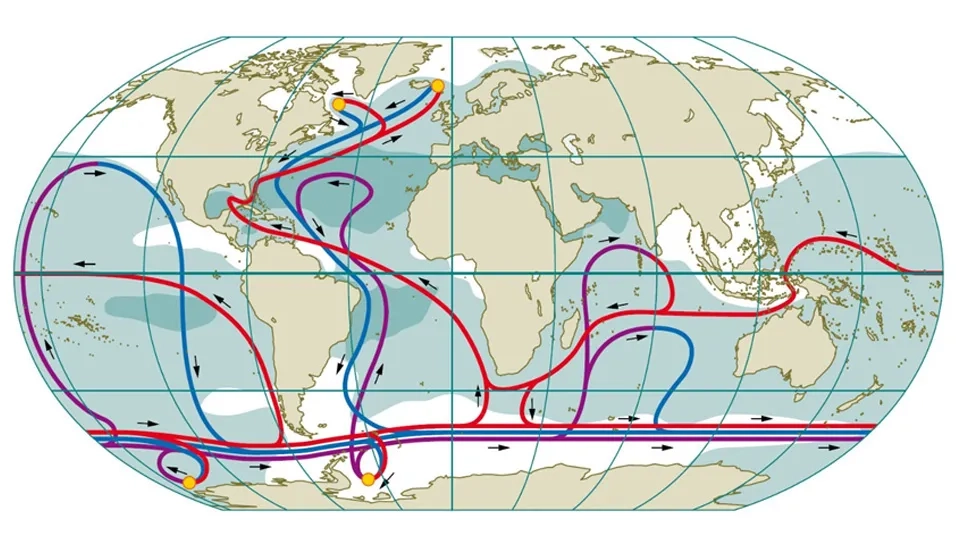
1.2.5. Turbulence
The dynamics of phytoplankton mass in the water column are influenced by vertical turbulence mixing. Compared to water stratification, turbulence increases the number of diatoms and dinoflagellates which are algal bloom causes (Zohi & Abbaspour, 2019). Turbulence also plays a significant role in bloom aggregation, especially in regions offshore, away from shallow waters, where wind mixing and tidal mixing dominate (Gilbert & Burkholder, 2018).
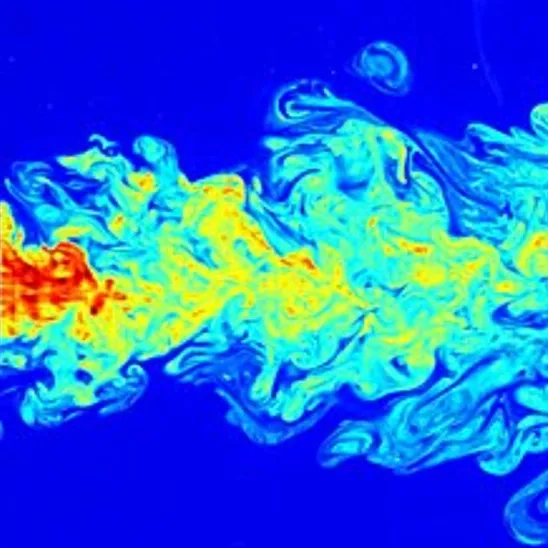
1.2.6. Vitamins
Most algae species need to have a minimum of B vitamins. Previous studies indicated that more than half of 326 algal species require B12 and B1. Various observations recommend that vitamins are strongly related to the occurrence of algal blooms (Croft et al., 2005). To reach the range of 2-5 ng/ml, red tide species significantly require solved B12 vitamins. The growth rate is maximum in eutrophic regions, due to the entry of organic wastewater and contaminated water flow which contain more than 10 ng/L of vitamin B12.
1.2.7. Atmospheric Dust
Iron-rich dust with the wind blowing over huge deserts such as the Sahara, add grains to the water, which leads to an increase in the amount of nutrients and generally plays a role in the occurrence of algal bloom. In many parts of the world, dust transport is an important factor for algal bloom development. Nearly 95% of the Fe needed for phytoplankton growth in the Pacific Ocean comes from atmospheric dust (Tian et al., 2020).
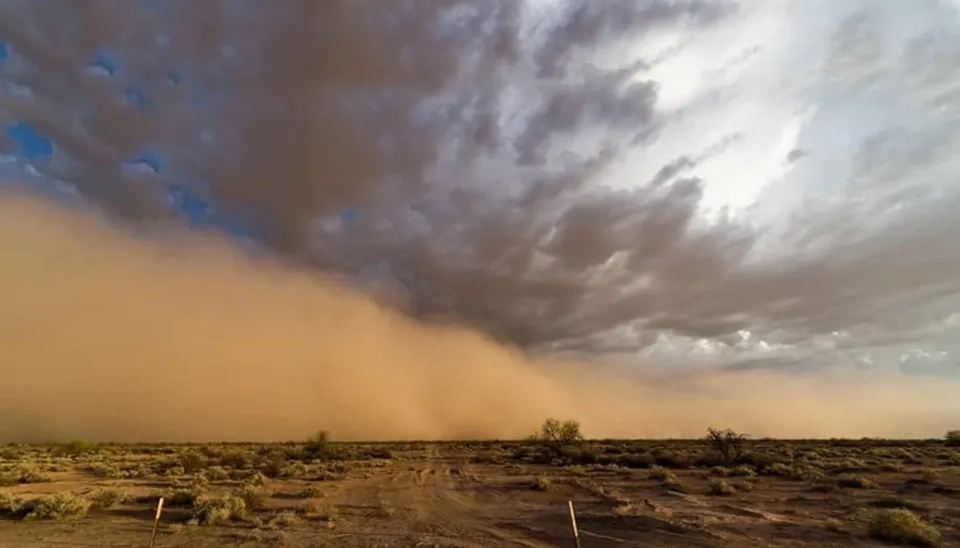
1.2.8. Upwelling
The common and fundamental feature of upwelling marine systems is well known to be harmful algal bloom. The growth of harmful algal bloom may be encouraged by the upwelling in estuaries and coastal bays on a much smaller scale (Pitcher & Weeks, 2006). All scientists agree that after an upwelling has stopped, red tide will occur. However, it does not seem that nutrients that derive from deep water to the surface are the main factors leading to algal bloom (Zohi & Abbaspour, 2019).

1.2.9. Light
As phytoplanktons are alive, they need light for growth and photosynthesis. Therefore, the length of light penetration and light intensity, day and night, are critical. Before the occurrence of red tide, a period of sunny and warm days is usually observed (Seddigh Marvasti et al., 2012). The perturbations in nutrients and light change the microbial loop, whereby harmful algal species can escape predation pressure and form blooms (Irigoien et al., 2005).

2. Conclusion
Discoloration of water giving rise to red, brown, or green tides, oxygen level reduction, and scums floating on the surface are some of the harmful impacts of algal bloom. There are several algal bloom causes that lead to this issue, which were discussed in this paper. However, each of these causes does not necessarily develop algal bloom individually and other environmental and climatic variables may influence it. To have an accurate algal bloom control, it is vital to analyze each cause and other factors together to get the best result.
